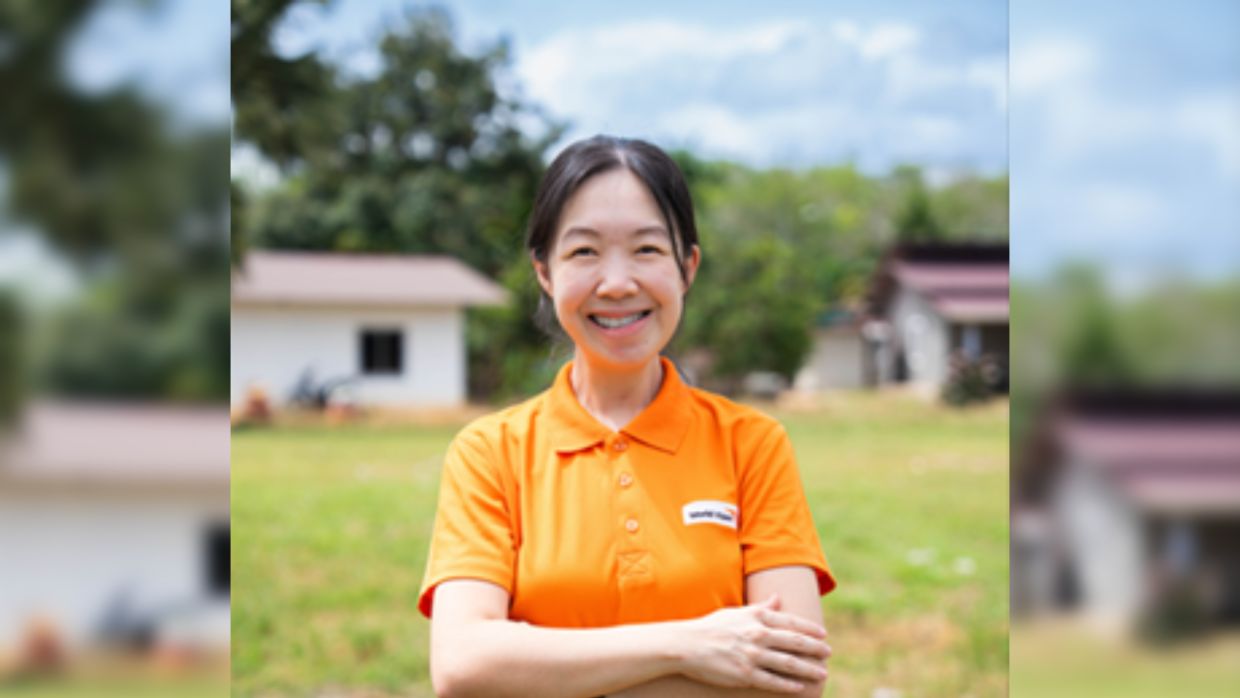
Pulau Jerejak is a peaceful island off the coast of Penang, Malaysia, where the soothing waves of the Straits of Malacca lap against its shores. However, beneath the island’s tranquil facade is a shadowy and forgotten history of anguish, misery, and the unconquerable human spirit.
According to Mike Gibby, the author of the book “Pulau Jerejak, Penang’s Untold Story” the meaning behind the name of Pulau Jerejak, which is “grill,” reflects the island’s history as a place of confinement.
Located off the southeastern tip of Penang Island, Pulau Jerejak spans approximately 362 hectares (3.62 square kilometres).

The island’s past dates back to pre-colonial times when it was home to fisherfolk from the mainland state of Kedah. With the arrival of the British in 1786, the island became an important location for Penang as the trading centre and served as a stopover point for ships travelling between Europe and the Far East.
Following the British takeover of Penang, the Straits Settlement government utilised Pulau Jerejak as a frontline for protecting public health.
The island was home to several villages known as Kampong Panchor, Kampong Hilir, Kampong Tengah and Kampung Labuhan Dagang. The villagers vacated the island in 1900 when the Straits Settlement government decided to buy over the land and declare the island under quarantine ordinance.

The Dark Past of Pulau Jerejak as a Leprosarium

The history of Pulau Jerejak is known for its use as a leper asylum. The British Administration first proposed the idea of the asylum in 1828, but it was not until 1871 that they brought the first 25 patients to the island. By 1927, the number of patients had grown to almost 900.
Interestingly, the Surgeon General put forward the idea for the asylum. In 1863, the Resident Councillor proposed the construction of buildings for the asylum, with the Chinese community in Penang offering to raise at least $10,000 towards the project.
The leprosy camp was established on the island’s eastern side to provide refuge and segregation for leprosy patients who were roaming and begging in the town.

During the 1920s, Pulau Jerejak underwent various developments and expansions. One of these was establishing a small camp at the old cattle quarantine station’s base in 1921. This camp was known as the Eurasian camp and catered to higher-status leprosy patients who were English-educated. Most of these patients were of Eurasian descent, and the health authorities provided them with single rooms instead of common wards.
The asylum continued to be used as a collection centre for leprosy cases in the Straits Settlements until the 1930s. At its peak in 1938, Pulau Jerejak had become a significant island for the isolation of leprosy patients, with up to 1508 patients present.
However, by the 1960s, it had been closed, and the British authorities transferred the remaining patients to the Sungai Buloh Leper Settlement/Leprosarium.
From Quarantine Centre to Haven for Rescued POWs

In 1877, the island became a quarantine centre, much like Ellis Island later was for immigrants to the United States. Attracted by the offer of free land for anyone willing to clear the existing vegetation, many immigrants from southern China and southern India flocked to Penang.
With cholera, the British authorities set up the quarantine facility for TB and other infectious diseases, which were endemic across the region, to safeguard the existing residents of Penang and the Straits Colonies.

Almost every Indian or Chinese person who came to Malaya between 1890 and World War II passed through Pulau Jerejak or its equivalent, St. John’s Island in Singapore. Besides, many Malay Muslims going on Hajj also pass through Pulau Jerejak.
By 1911, the British authorities quarantined 134,957 persons on the island; most were immigrants from southern India and sent some to the leprosy camps.
Those quarantined and found healthy were then released, while many died on the island due to sickness contracted on the ships or diseases brought from their home country.
The quarantine station was later moved to another location as the small island could no longer accommodate the increasing number of immigrants.
Following the Japanese surrender in 1945, the island became home to thousands of rescued Asian prisoners of war from Japanese work camps seeking repatriation.
The dark chapter of Pulau Jerejak’s history as a high-security prison

Pulau Jerejak’s troubled history didn’t end with its use as a leper colony and an immigration quarantine centre. The island became a prison during the race riots that shook Malaysia and Singapore in 1969.
Following the deadly violence that followed the 1969 general election, the Malaysian government created Jerejak Rehabilitation Center to house people who were rounded up.
Initially, the centre was designed for those caught up in the riots but later housed prisoners convicted of drug and violent crimes. The centre earned the nickname “Malaysia’s Alcatraz” due to its high-security nature and reputation for harsh treatment. The prison operated until 1993 when it was finally closed.

Once a place of isolation and torment for leprosy and tuberculosis patients, drug traffickers, political dissidents, and other outcasts, the island’s history highlights the importance of empathy and compassion in creating a just and caring society.
Despite its tragic past, Pulau Jerejak has persevered and is now a tourist destination. Visitors can learn about the island’s complex history, gaining insight into the hardships endured by its inhabitants. Moreover, they can gain a deeper understanding of the importance of community and compassion in preventing the mistakes of the past from recurring.
More in-depth stories on Pulau Jerejak in the book authored by Mike Gibby titled Pulau Jerejak, Penang’s Untold Story.











